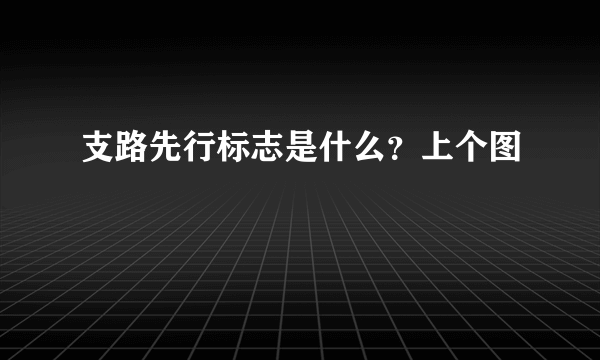Exit:“安全出口”标志背后的争议
的有关信息介绍如下:
Foreigners think the American exit sign is “completely nuts” — that is, inferior to the widely recognized, green-running-man symbol developed in the 1970s by Yukio Ota, a Japanese designer.
老外觉得美国人使用的安全出口标志非常“脑残”——也就是说,远远比不上上世纪七十年代由日本设计师Yukio Ota设计的、广为人知的绿色跑步小人标志。
Fans of Ota’s running man point to two key advantages: It’s a pictogram, and it’s green . The sign’s wordlessness means it can be understood even by people who don’t speak the local language. And the green color, they argue, just makes sense.
Ota的支持者认为绿色小人标志有两个优点:它是象形的,而且是绿色的。所有人,包括那些看不懂当地文字的游客,看到这个无文字的标志都知道是什么意思。而且他们认为,绿色是最合理的颜色。
Green is the color of safety. Red, on the other hand, most often means danger, alert, halt, please don’t touch. Why confuse panickedevacuees with a sign that means right this way in a color that means stop? International designers tend to think our system is illogical and consider our rejection of the running man to be as dumb as our refusal to adopt that other sensible international norm, the metric system.
绿色代表安全,而红色大多数情况下表示危险、警告、停止、禁止触碰。为什么给需要疏散逃离的人看这种标志?他们已经很慌乱了,而明明应该是出口的地方,却放着一块表明“停止”的红色标牌。国际上的设计师们会认为,我们拒绝使用小绿人标志,意味着我们的安全观念毫无逻辑,这种做法和我们拒绝采用公制测量单位(米、克等公用度量衡)一样不可理喻。
Yet the United States is starting to overcome the linguistic insularity responsible for its text signs. New York is adopting the running-man sign in subways and new buildings.
不过,美国正开始试图改变这种狭隘的语言观念。纽约已经开始在地铁和建筑物中采用绿色小人逃生标志。
And before long, who knows? You give some people an inch, they’ll take a kilometer.
不过谁知道结果到底怎样呢?有些人就会得寸进“米”,这也没办法。(give sb. an inch, he'll take a mile是一句英语俗语,意为“得寸进尺”;不过上文中作者说美国人至今不接受“米”作为距离单位,所以在这里幽默地把原句中的mile改成了国际通用单位:kilometer)



